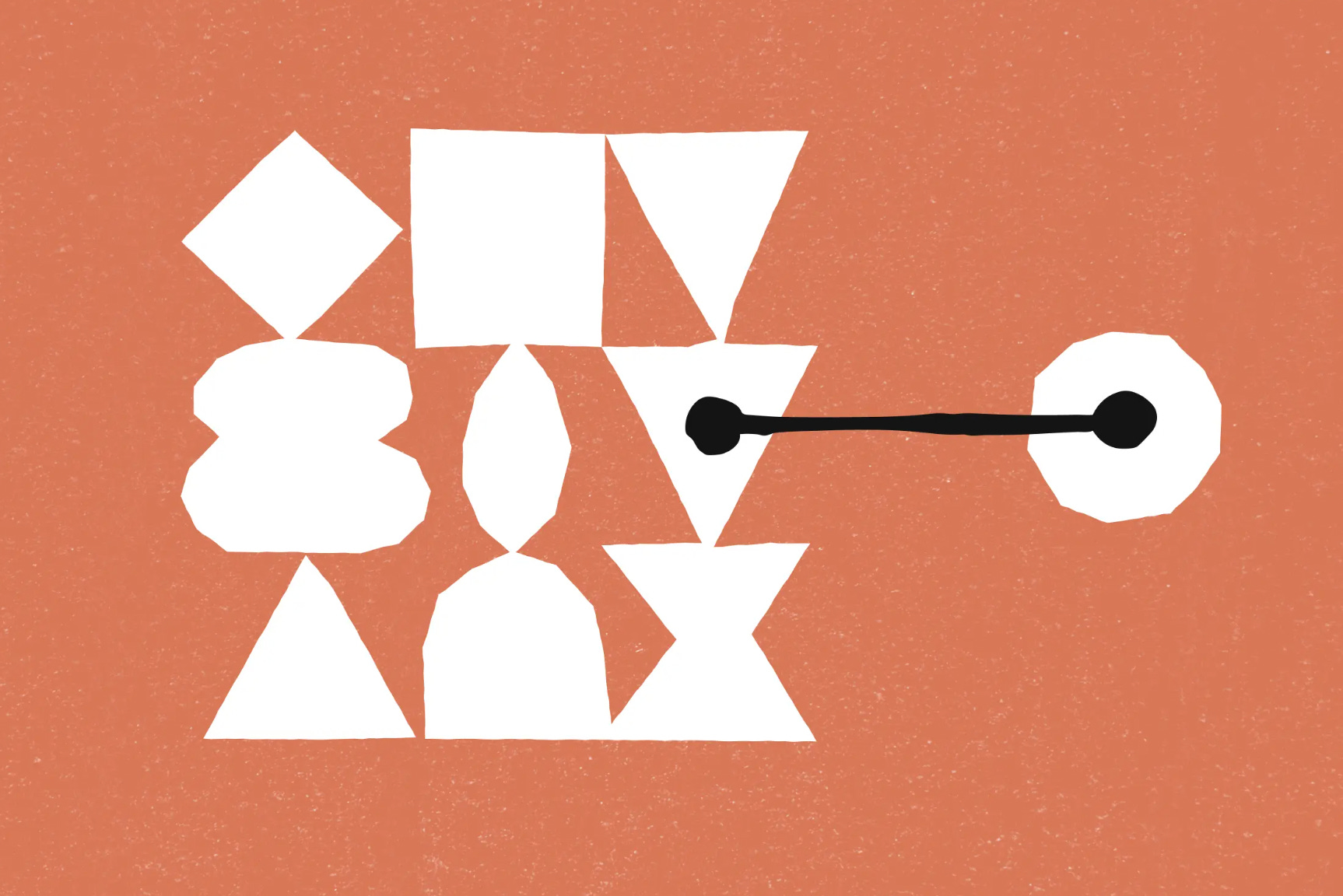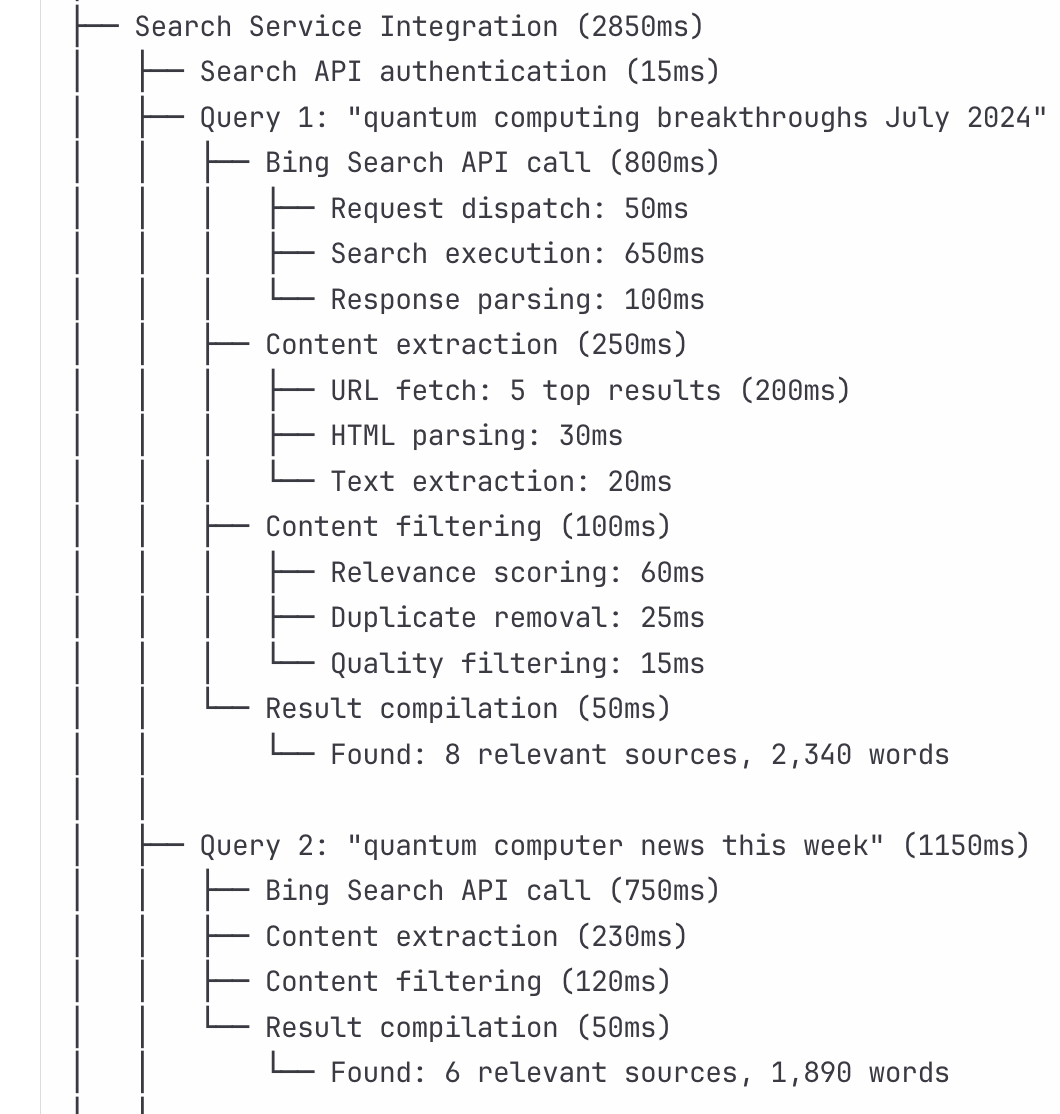
article Artificial Intelligence
The Abstractions, They Are A-Changing
We’re Beginning to Understand What’s Next

article Artificial Intelligence
AI’s Swiss Cheese
Takeaways from My Conversation with Matthew Prince of Cloudflare

article Artificial Intelligence
Context Engineering: Bringing Engineering Discipline to Prompts—Part 1
From “Prompt Engineering” to “Context Engineering”

podcast
Generative AI in the Real World: Jay Alammar on Building AI for the Enterprise
0:00
/
0:00

article
The Future of Product Management Is AI-Native

video
Should Product Managers Use AI to Build Prototypes?—Marily Nika Live with Tim O'Reilly

article
What Ants Teach Us About AI Alignment

article
Radar Trends to Watch: August 2025

article
The Observability of Observability

article
Protocols and Power

article
Interfaces That Build Themselves

article
Protocols and Power

article
Hanoi Turned Upside Down

article
AI and Education

article
OpenAI’s Telemetry

podcast
Generative AI in the Real World: Phillip Carter on Where Generative AI Meets Observability
0:00
/
0:00

article
From REST to Reasoning: A Journey Through AI-First Architecture

article
How Human-Centered AI Actually Gets Built

article